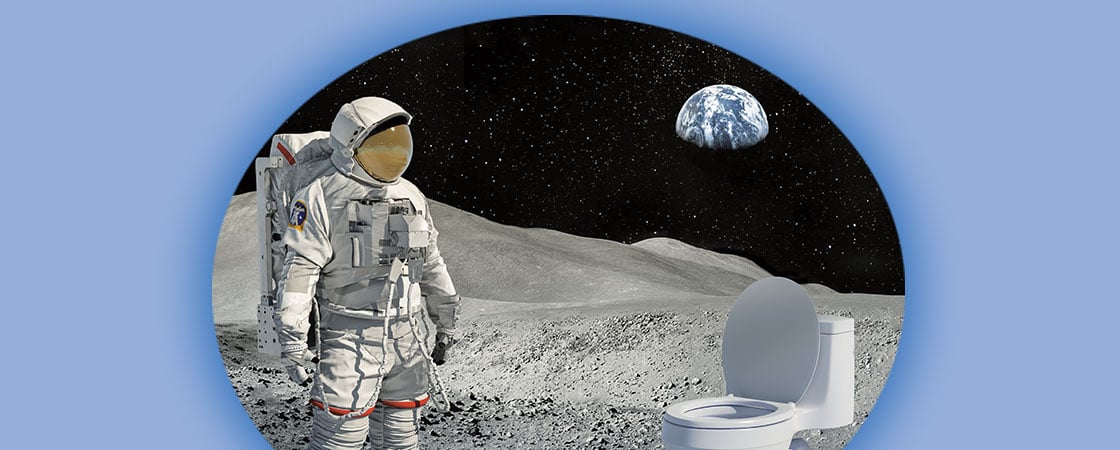It’s been almost 50 years since humans walked on the moon. But soon—perhaps as soon as three years from now—we will be going back. NASA is preparing to send astronauts to the moon as part of its Artemis program. The astronauts will conduct experiments and research that will help us better understand our universe—and pave the way for expeditions to Mars and beyond.
Sound exciting? Definitely.
But the mission won’t be without challenges. Any time humans go to space, there are significant dangers. There is no air, no food, no water. And it’s really cold: -455 degrees. Without protective suits, astronauts would turn into human Popsicles—after they lost consciousness and their eyeballs and blood boiled due to the low pressure.
To make the mission safe and successful, NASA has developed some incredible gear. This includes high-tech spacesuits to shield astronauts from the harsh environment of space. There will also be a new lander to carry astronauts down to the surface of the moon from their spacecraft, which will remain in lunar orbit.
But there is one problem NASA still needs to figure out: How will the astronauts poop?

